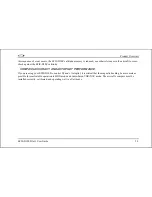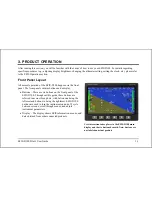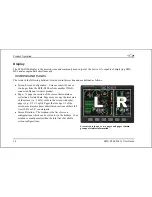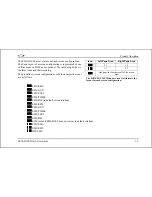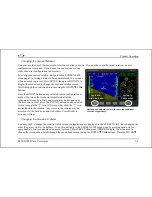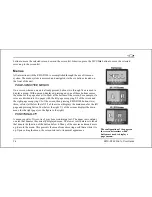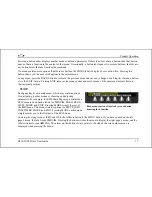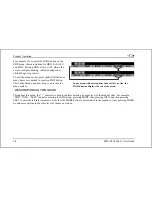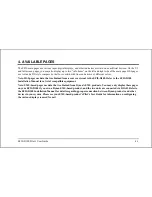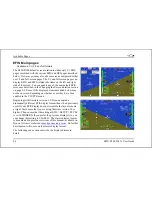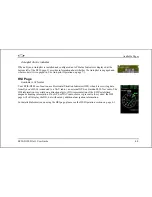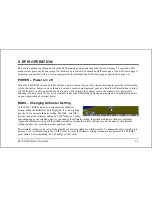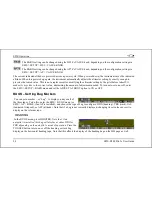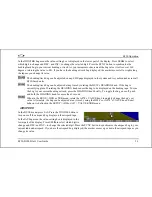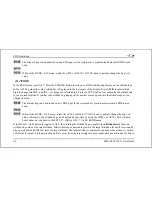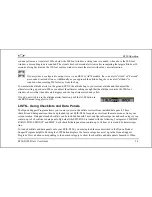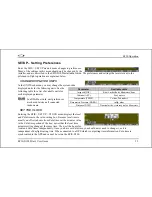
Available Pages
During the first 30 seconds of operation, the altitude tape and digital readout are not displayed as the unit needs a small
amount of time before altitude measurements are deemed accurate.
Elevator trim indicator
Located in the lower right corner of the EFIS page, the elevator trim indicator displays the relative trim of the
elevator in graphic form. The elevator trim indicator can only be displayed on the EFIS-D100 if an elevator
trim sensor is properly connected to one of the 3 EMS GP inputs (on a DSAB-connected EMS device), and is
properly configured in the EMS setup. As with the EMS info item, the green line indicates takeoff trim. The
two arrows indicate the current elevator trim.
Winds aloft arrow
Located in the lower right corner of the EFIS page, the winds aloft arrow indicates the wind direction relative to
your current direction of flight. The number indicates the current absolute wind speed in the current airspeed
units. If the EFIS-D100 cannot make an accurate winds aloft calculation, the arrow is not displayed and the
numbers are replaced by dashes. The display of winds aloft requires an active GPS connection and an OAT
probe. In very light winds, the wind speed number is not displayed, although the arrow is.
Angle of attack (AOA) indicator
The angle of attack indicator – available only with Dynon’s AOA Pitot Probe – displays the aircraft’s current
AOA relative to the stall AOA. The AOA calibration process should result in the lowest angle of attack stall
(usually the “clean” configuration) occurring between the yellow and red lines and the higher angle-of-attack
stall (usually the “dirty” configuration) occurring at the top of the red. As your aircraft’s angle of attack
increases, the bars in the indicator disappear, leaving the empty outline. As your aircraft’s AOA approaches
stall, downward-pointing arrows are left. Depending on your installation and configuration, an audible alarm
may also occur when near or in the stall. This audio alarm is accompanied by a flashing red triangle at the top of
4-6
EFIS-D100 Pilot’s User Guide

